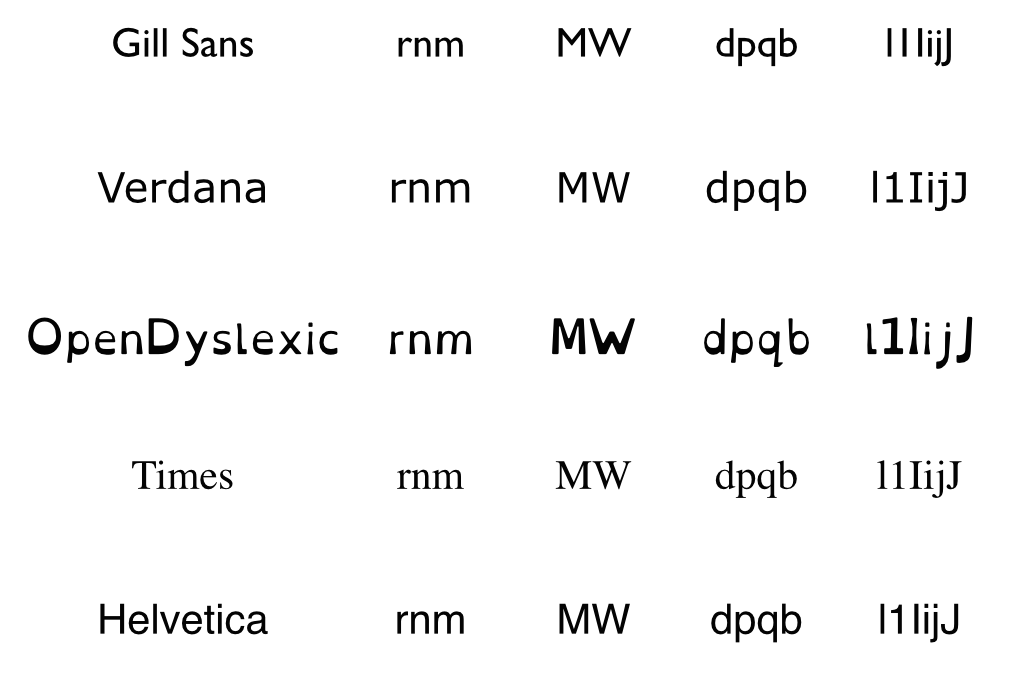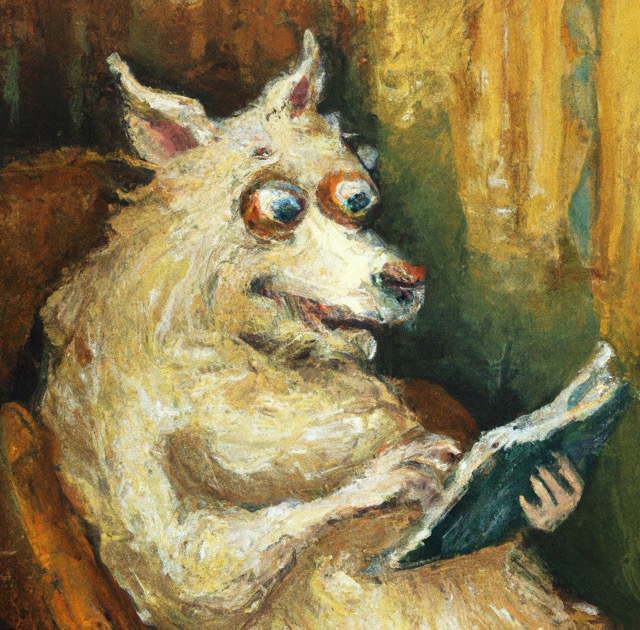Reading Fluency and Comprehension Tips for Dyslexia


Table of Contents
Do you remember the thrill of reading a book under the covers with a flashlight as a child, getting lost in a new world? For many with dyslexia, that joy is sometimes paired with struggle. But here's the good news: with the right tips and strategies, every reader can find their way to dive deep into the world of words, regardless of dyslexia.
The Core Challenge of Reading with Dyslexia: Disrupted Shapes-to-Sounds
Dyslexia is like a speed bump on the road to reading fluently. At its heart, dyslexia affects how people connect the way letters and words look, to how they sound. In fancier terms, "phonological processing" is disrupted in dyslexia. Imagine trying to read a book while every few pages, the words start playing hide and seek with you! That's a bit how dyslexia feels.
This difficulty in smooth reading, or reading fluency, makes it hard to recognize words quickly and read sentences without stumbling. And if you're taking more time figuring out the words, you have less time to think about what they mean. This leads to a chain reaction.
Ripple Effect of Reading Fluency: Understanding the Story
Because of the troubles with reading fluently, people with dyslexia might face another challenge: understanding or remembering what they've read. This is called reading comprehension.
When you're trying so hard just to read the words, it's easy to miss the big picture. For example, you might read a page in a book and then think, "Wait, what did I just read?" This can also mean that you learn fewer new words and don't gather as much general knowledge from reading.
It's a bit like trying to watch a movie, but it keeps pausing or skipping scenes. You can see parts of the story, but putting it all together takes extra effort. So not only will you take longer to watch the whole move, but you’ll probably also understand the movie less. The same effect of dyslexia applies to reading.
In the next sections, we'll share tips to tackle these challenges head-on and make reading a more enjoyable journey, even with dyslexia. So, let's turn the page and dive in!
Reading Fluency and Comprehension Tips for Dyslexia
Reading might feel like a challenge, but with the right strategies, you can smooth out the road ahead. Here are some of our top tips to improve reading fluency and comprehension for individuals with dyslexia.
Reading Fluency Tips

Reading fluently means reading words quickly and accurately, without stumbling. Here are some ways to improve your fluency:
Text-to-Speech
Imagine having someone read out the words to you, making the reading experience smoother. Text-to-speech does just that: converts written text into spoken words. For many with dyslexia, listening is easier than reading. After all, we've been understanding speech since we were tiny babies! Research has also shown that text-to-speech can help improve both reading fluency and comprehension.
- Quick Tip: Most modern devices like e-readers, smartphones, and computers come with text-to-speech features. Make use of these features to listen to articles, books, or other texts while you read along. This way, you're hearing and seeing the words at the same time, which makes the words easier to recognize next time.
Fonts Tailored for Dyslexia
Did you know that some fonts are easier to read for people with dyslexia? These fonts have uniquely shaped letters that don't look too similar, which reduces confusion.

- Quick Tip: Try out fonts like "OpenDyslexic" or "Dyslexie". These are designed to help people with dyslexia read more easily. Whether you're reading online or on paper, these fonts can make a difference.
Reading Comprehension Tips

Comprehending, or understanding what you read, is as important as fluency: both reading fluency and comprehension often suffer for those with dyslexia. Here are some strategies to boost your reading comprehension:
Spell Reading
Think of spell reading as a way to read, while at the same time working out certain reading muscles that can help you read better, especially if you have dyslexia.
Here’s how spell reading works:
- As you read, start reading words out loud.
- Then when you come across an unfamiliar word, say each letter in the word.
- If you recognize the word after spelling it, say the word and continue reading.
- If you don’t recognize the word, find out what it means, for example by having a reading partner tell you the meaning, or by typing the word into Google and looking it up.
- Once you understand the meaning and spelling of the word, say the word to yourself and continue reading.
By slowing down when you encounter unfamiliar words and making sure you understand both the spelling and meaning of that word, you're teaching your brain to link how a word looks with what it means, which is an important pathway used by the brain during reading. Yes, it might take a bit longer, but it can really help in the long run. Plus, you get to read what you want and practice the skill of reading at the same time!
- Quick Tip: When you spell read and come across an unfamiliar word, picture the word’s meaning in your mind (after you’ve looked it up, for example). Relate that picture to what you're reading. This way, you're not just reading and spelling words: you're engaging your imagination and other senses to recognize and understand words better in context.
Summarize or Question the Text
By summarizing what you've read or asking questions about it, you actively engaging with the text. Reading almost becomes like a conversation that you have with the author and/or the characters of the book, instead of just a passive experience. This active connection to your reading can help you remember and understand better.
- Quick Tip: As you read, after every few paragraph or so, jot down a short summary or question on the side or in a separate notebook. This way, you're thinking about what you're reading, which will boost your understanding.
Visualize the Content
Creating pictures in your mind about what you're reading can make it feel more real and easier to understand. Visualization can also make the content more memorable.
- Quick Tip: Every now and then, take a moment to paint a picture in your mind about what you've just read. If it's a story, imagine the setting, characters, and events. If it's information or facts, think of a scene or image that represents the idea. These mental pictures can help make what you're reading stick in your mind.
In fact, the crazier, goofier, and more absurd the visualization, the better. Our brain remembers images that stand out, and this is in fact one of the key techniques that “memory champions” use to memorize thousands of numerical digits in ten minutes.
Every reader's journey is unique. But with these reading fluency and comprehension strategies in hand, you can make yours smoother and more enjoyable, even if you have dyslexia.
Experiment With What Works Best For You
In the end, it's essential to remember that everyone has their unique journey with reading. While dyslexia can make this journey a bit more challenging, it does not make reading impossible. With the right knowledge, strategies, and tools, you can improve your reading fluency and comprehension.
These tips are here to help you, but it's okay, and in fact recommended, to experiment and see what works best for you. Every individual is different, and it's all about finding your best fit.
Remember, challenges are a part of life, but they're also opportunities for growth. So, keep learning and keep reading, and with the right kind of knowledge and tools, you’ll be able to embrace the world of words with confidence and joy!
If you ever feel like diving deeper or exploring more tools and strategies, be sure to revisit our other articles or write us a comment. Happy reading!
Read up to 2-3X faster, even with dyslexia
Ren, from 🇬🇧:
I have dyslexia and reading text is very painful for me. I tried SwiftRead and wow! I was surprised at how well I could read with it.